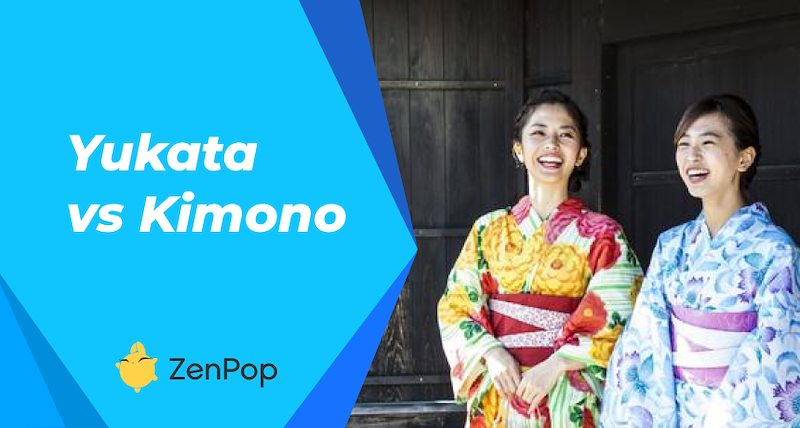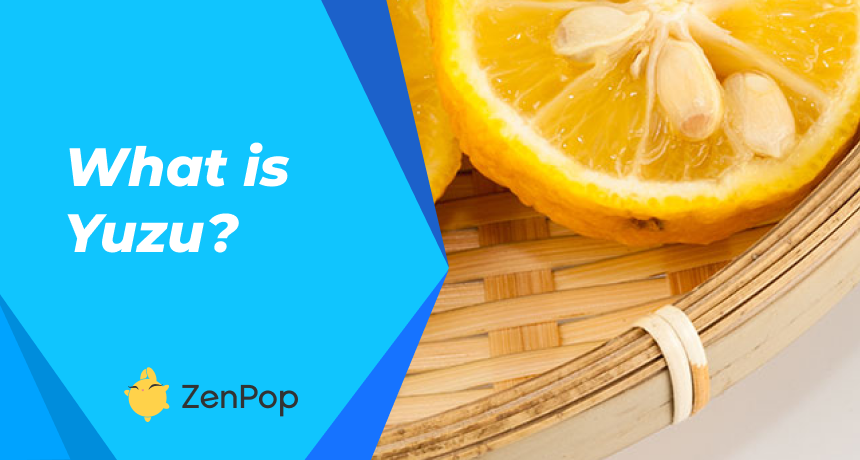
</title><meta name="robots" content="noindex">What is Yuzu: The Citrus Superfruit You Need to Know About?
Yuzu is a unique and highly sought-after citrus fruit that has been gaining popularity in recent years. This small, yellow fruit has a distinct, complex flavor that is a combination of sour, sweet, and savory. It is often used in Japanese cuisine, particularly in soups, sauces, and marinades, but is versatile enough to be used in a wide range of dishes. In this article, we will explore the history, cultivation, and culinary uses of yuzu, as well as its potential health benefits.
What is Yuzu?
Yuzu is a citrus fruit that is native to East Asia. Largely cultivated in Japan, China, and Korea, the fruit is small and round, with a thin yellow skin. The sour, acidic, and aromatic citrus fruit is commonly used as an ingredient for a variety of Japanese dishes.

While it does look like an orange (with the color of lemon), you can’t eat the entire fruit as it is. Should you dare taste its flesh, the sourness will hurt your tongue. Since it is tart and comes with a floral aroma, cooks add yuzu as a flavoring to their dishes.
Today, we’re going to learn about East Asian fruit.
History and Cultivation of Yuzu
Yuzu is believed to have originated in China and has been cultivated in Japan for over 1,000 years. It was used primarily for medicinal purposes, but over time it became a popular ingredient in cooking. The fruit is now grown in several countries, including Japan, South Korea, and China, as well as in smaller quantities in California and Europe.
Yuzu trees are hardy and can withstand cold temperatures, making them well-suited to grow in climates with cold winters. They typically bear fruit within 3-4 years of planting and can live for over 100 years. The fruit is typically harvested in the fall and winter months, with peak season being from October to December.
What does yuzu taste like?

There’s no one fruit that equates to the flavor of yuzu as it is truly unique. If you haven’t tried one, you can just imagine lemon, lime, mandarin, and grapefruit combined. We don’t recommend eating it raw because of its sharp flavor. You can eat the peel, though, as it refreshes the mouth.
Is Yuzu the same as a lemon?
Just by looking at its color, people have a tendency to assume that yuzu is like lemon in terms of flavor. But the truth is, the East Asian fruit isn’t in the same category as lemons or citron. People believe that yuzu is a hybrid of a certain subspecies of mandarin orange and a lesser-known citrus fruit called papeda
How is Yuzu used?
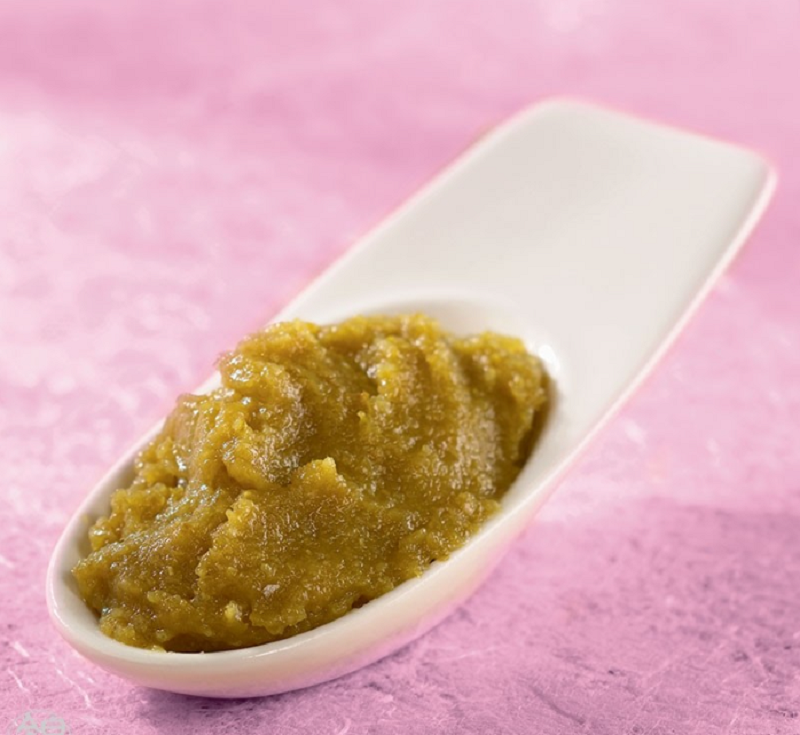
Yuzu Kosho
People use yuzu like how they would use lemon and limes for their recipes. The good news is that this fruit can be used in all its maturity stages. Whether it’s unripe or ripe, it’s an excellent flavoring or garnish. Its juice adds a twist to the flavor and acidity to a dish. Using the zest, on the other hand, adds fragrance to the food.
In the land of the rising sun, cooks often use the green zest for making yuzu kosho. This widely used condiment has a pasty consistency and is made from fresh chiles. Wonderful for adding an accent to the dish, the condiment is fermented with salt, yuzu juice, and zest. The distinctive flavor of yuzu kosho is great for different food, including sashimi, sandwiches, and even cookies!
Yuzu is also a basic ingredient of ponzu. This Japanese seasoning combines soy sauce, mirin, rice vinegar, and sake. It’s great for gyoza, salads, rice bowls, and tons of other dishes.
If you want to add a floral touch to your cocktails, desserts, marinade, sauces, or vinaigrette, yuzu is the way to go. It is widely used during the winter because it has properties that can warm up the body.
There are yuzu-flavored snacks and drinks as well. Desserts like yuzu ice cream and sherbet are popular in Japan.
Other Uses of Yuzu
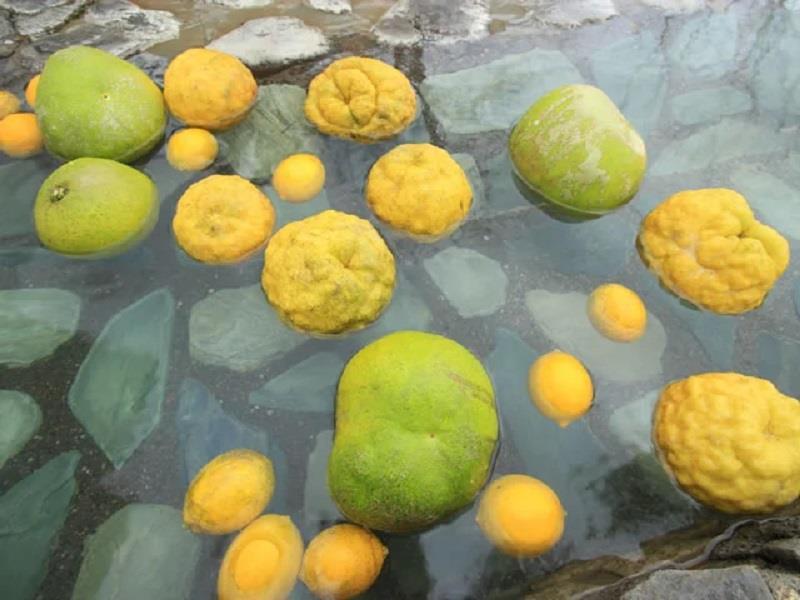
Yuzuburo, A Winter Solstice Custom in Japan
Yuzu is not just for food. In Japan, they have a practice during the winter solstice called yuzuburo (柚子風呂). It’s a once-in-a-year activity wherein people soak in hot baths with lots of yuzu floating on the water. Soaking the fruits releases their fragrance. Japanese people believe that soaking in a yuzu bath will give you good health for the whole year. Aside from warming up the body during winter, it’s also great for the skin.
With its floral scent, it’s not surprising to see commercial products using yuzu as a key ingredient—oils, cosmetics, creams… you name it!
Potential Health Benefits of Yuzu
In addition to its unique flavor and culinary uses, yuzu has potential health benefits. It is a good source of vitamin C, which is important for maintaining a healthy immune system. It also contains other antioxidants, including flavonoids and carotenoids, which may have anti-inflammatory and anti-cancer properties.
Yuzu has been traditionally used in Japan and China as a home remedy for colds and flu. The fruit is believed to have expectorant properties and to help relieve symptoms such as sore throat, congestion, and fever. Studies have also shown that yuzu may have anti-inflammatory and anti-cancer properties.
Where and When to Buy Yuzu
Harvesting Yuzu
Yuzu is easily available in Japan. On a yearly basis, the country produces about 27,000 tons of yuzu, with Kochi Prefecture being the top producer. The area contributes about 52% of the share. To meet growing demands, the prefecture has been increasing its production of the fruit since the ‘60s. Tokushima and Ehime Prefectures are also among the top, with production shares of 13% and 11% respectively.
You can buy Yuzu in Japan for the whole year. If you live in the country, you can grow it in your home garden as it is cold-resistant.
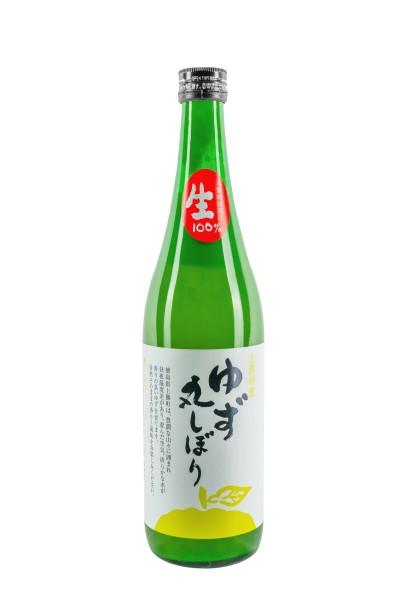
Yuzu Juice
If you’re outside of Japan (and the countries that produce the fruit), you can only purchase products with yuzu as the main ingredient. A Japanese grocery should have a packaged yuzu kosho. The green ones are made using the zest from an unripe fruit. On the other hand, the red varieties you see feature ripe zest.
If you’re curious about its taste, beverages are your best shot. Other countries use yuzu with teas and other drinks. Look for them in the beverage section of your local supermarkets or convenience stores.
How to Buy the Best Yuzu
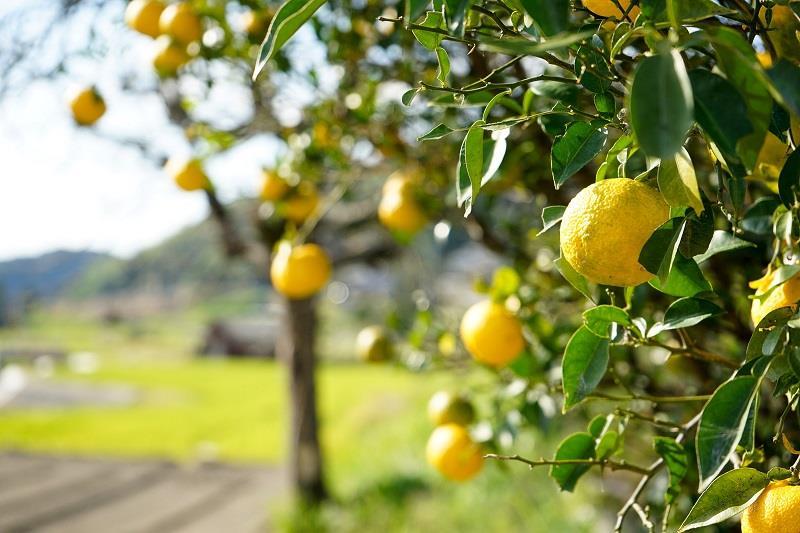
Yuzu trees have thorns.
Long and sharp thorns are erect from the twigs of yuzu trees, which is why it can be hard to pick one without scratches on the fruit. Luckily, the scratches won’t affect the flavor and aromatic scent of yuzu. However, it’s still important to choose the ones with the least scratches when purchasing yuzu.
The first thing to observe before picking a yuzu is the skin surface. Lightly touch the fruit to confirm that it’s firm and rigid. Don’t pick the ones that are already squishy and heavily wrinkled. Then feel the weight of the fruit. It should be heavy. Otherwise, you might be picking yuzu that’s dry within. Finally, get only the ones that are fragrant.
Can you buy yuzu in the US?
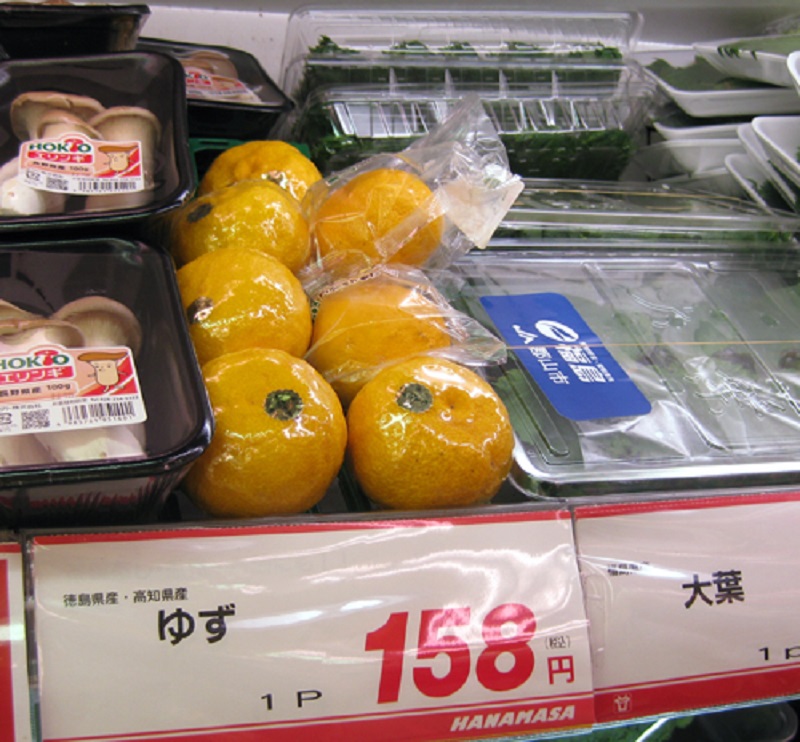
Yuzu being sold in a supermarket
You can certainly buy yuzu in the US, provided that they are in season. They are locally grown in California. But since they are scarce, they can get really expensive. An eight-ounce pack can cost you about $60.
Remember that importing fresh yuzu to the US is banned by the government. The reason is to protect local crops from diseases that are common in Asian groves. This is probably also why your local store will not tell you where they source the fruit.
Storing Your Yuzu
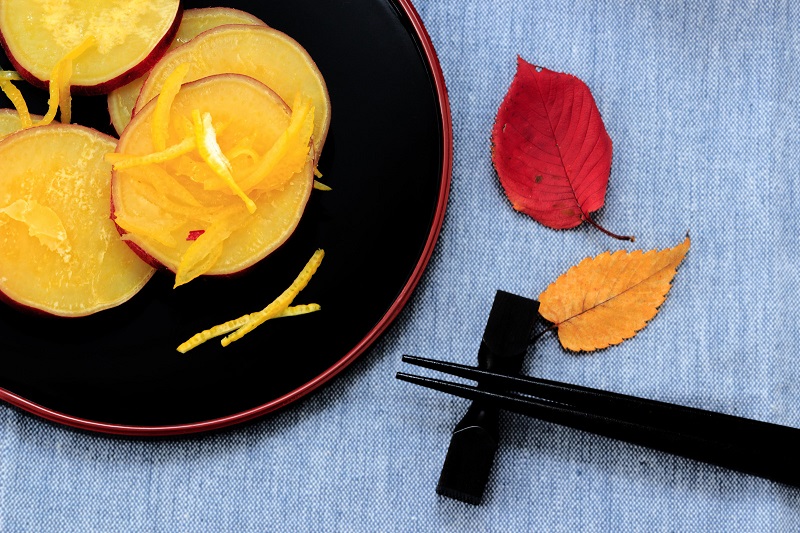
Sweet potatoes topped with yuzu peel.
We advise freezing or chilling them if you have a lot and won't be using them right away. For a few weeks, they can be stored in the refrigerator. They could lose their lovely aroma after about a week.
You have the option to divide your yuzu into peel, flesh, and juice or frozen whole like a fruit. When kept in a freezer, its juice will stay fresh for six months. Use the peeled skin within a month.
Yuzu is a unique and flavorful citrus fruit that has a long history of cultivation and use in Japanese cuisine. Its culinary uses are versatile, from savory dishes, sauces, marinades to sweet pastries, jams and cand the zest. It also has potential health benefits, including being a good source of vitamin C, antioxidants, and
If you can't get your hand on a tasty yuzu fruit right now, why not check out our boxes, where we regularly feature yuzu-flavored snacks!



